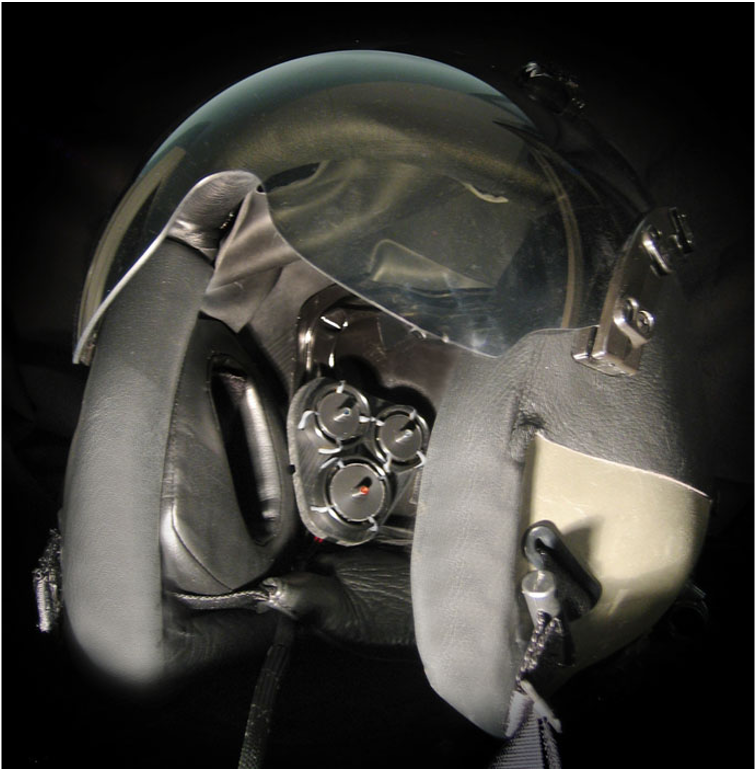The Challenge
Gravity-induced loss of consciousness (GLOC) and almost loss of consciousness (ALOC) are and will continue to be significant problems in the operation of high-performance aircrafts. As aircraft maneuverability and speed improves with developments in technology, the incidence of GLOC and ALOC will only increase. The need for an effective system to predict GLOC for intervention prior to onset is apparent and growing.
Our Approach
Using near-infrared spectroscopy (NIRS), we can monitor the brain for sudden drops in blood volume and oxygen to warn pilots when they are at risk of GLOC. A small sensor is placed against the back of pilot’s head, inside the helmet, to provide this information. Initial testing, development, and modeling were performed through experiments in a centrifuge at Brooks Army Base.
In Phase II of this project, Area 10 Labs combined NIRS and EEG within a single, helmet-mounted device. On-board algorithms, generated by machine learning, process these physiologic signals to predict GLOC prior to onset that provides the opportunity to intervene before potential GLOC-related mishap.


